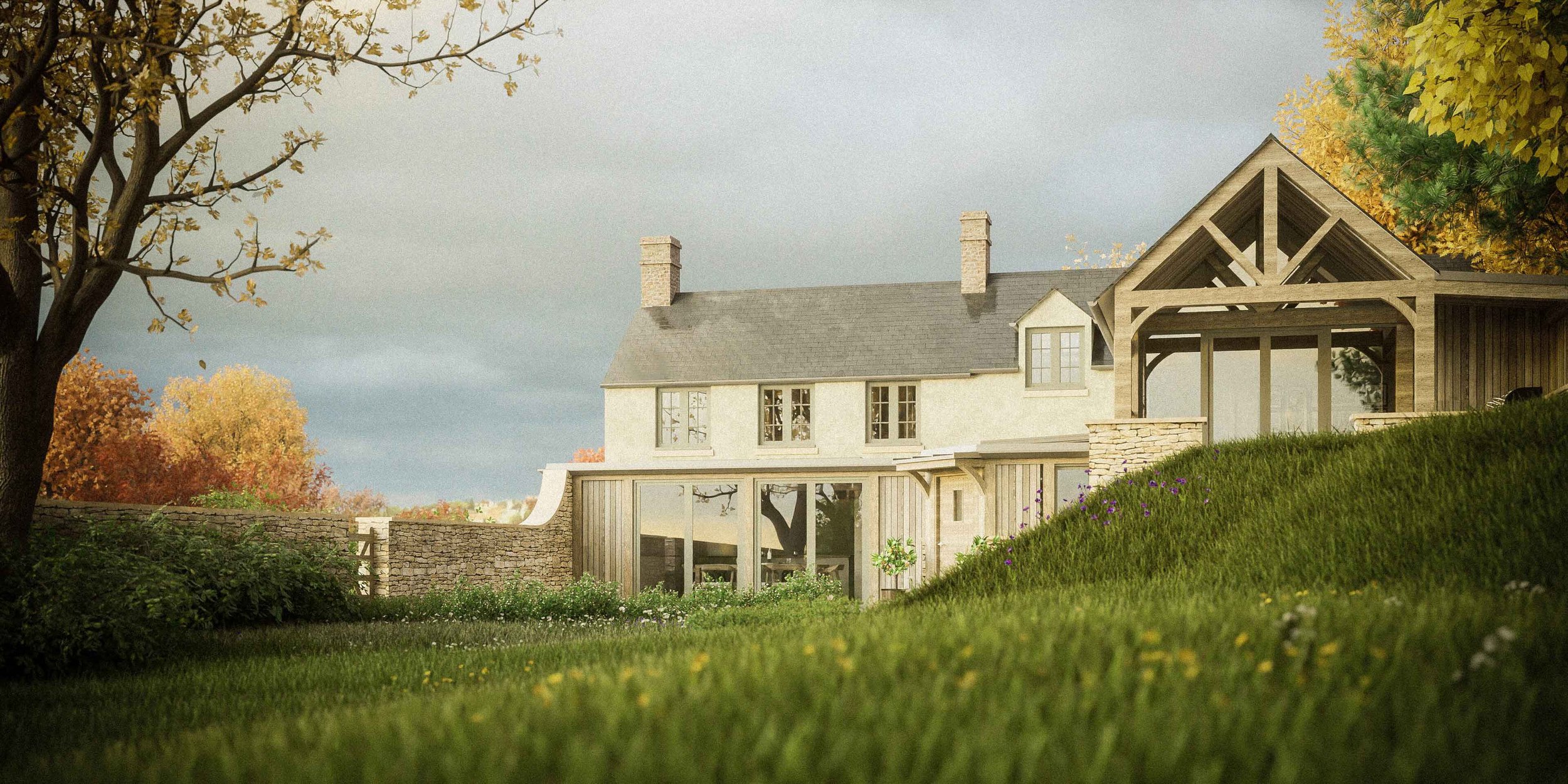
Creative & Sustainable Design for Residential Projects
Joshua Hovey is a RIBA Chartered Architect & Certified Passivhaus Designer, Serving the Mendip Hills and Surrounding Areas
Sustainable & Innovative
New-Build
We help self-builders looking to design their dream eco-home, and land owners looking to maximise the potential of their plot. We have a proven track record of securing planning permission within challenging design constraints such as conservation areas, national parks, AONBs and near listed buildings.
Contemporary Extensions
We design beautiful contemporary extensions. Transform your living space by adding natural light, improving the connection with the outdoors and creating harmony between spaces.
Listed and Heritage Property Alterations
Do you have a listed building or period Mendip Hills property which lacks natural light, feels disconnected from the outside and has poor flow between living spaces? We are experts at turning period properties into functional homes, customised for modern living.
Sensitively Designed Barn Conversions
We are architects skilled at working with listed buildings such as barn conversions, in conservation areas and AONBs and with complex design constraints. Let us help you to make the best use of your existing building.
Mendip Hills Architects | Joshua Hovey Architects
Key Design Considerations When Planning a Project in the Mendip Hills
Understanding Local Planning Constraints
For any Mendip Hills architect, understanding local planning constraints is a fundamental aspect of project planning. The Mendip Hills, recognized as an Area of Outstanding Natural Beauty (AONB), have stringent regulations to preserve their natural and scenic beauty. Architects in the Mendip Hills must navigate these rules to ensure compliance while achieving aesthetic and functional goals. This includes addressing conservation area guidelines and obtaining necessary permissions for developments within protected landscapes.
Prioritizing Eco-Friendly and Sustainable Design
Sustainability is a key consideration for architects working in the Mendip Hills. The region's natural environment demands an approach that minimizes ecological impact and promotes sustainability. Mendip Hills architects should incorporate renewable energy solutions, enhance energy efficiency, and use sustainable building materials in their designs. By prioritizing eco-friendly practices, architects can contribute to the preservation of the Mendip Hills' unique ecosystem while meeting the rising demand for sustainable living.
Harmonizing with the Natural Landscape
The Mendip Hills offer a unique and picturesque landscape that significantly influences architectural design. Architects in the Mendip Hills must create designs that harmonize with the natural surroundings. This involves careful selection of materials, architectural styles, and color schemes that blend seamlessly with the environment. By doing so, Mendip Hills architects can ensure that new buildings enhance the area's natural beauty and respect its ecological and aesthetic values.
Adapting to Environmental Challenges
The Mendip Hills present specific environmental challenges that architects must address in their designs. The region's topography, weather conditions, and potential for flooding require careful planning and material selection. A Mendip Hills architect should use durable, weather-resistant materials and incorporate features that mitigate environmental impacts, such as proper drainage systems and erosion control measures. This ensures that buildings are not only beautiful but also resilient and sustainable in the face of local environmental conditions.









